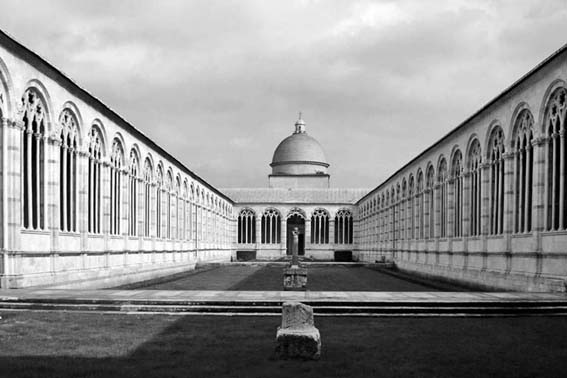La muerte silenciada
Arquitectura funeraria contemporánea
DOI:
https://doi.org/10.17979/aarc.2011.2.2.5060Palabras clave:
Muerte, arquitectura funeraria, arquitectura contemporánea, tabúResumen
Se puede afirmar que la muerte es la única certeza con la que cuenta el ser humano, nada es más inevitable y universal: desde el mismo momento de nuestro nacimiento estamos destinados ineludiblemente a dejar de ser, por tanto, el reflexionar acerca de esto no es más que enfrentarse quizá a lo único verdadero.
Son las consecuencias arquitectónicas actuales derivadas de lo anterior lo que plantea esta comunicación. Desde la perspectiva de la sociedad de hoy, materialista y desacralizada, que ha perdido la estrecha relación que la arquitectura siempre ha mantenido con la muerte. No olvidemos que la mayor parte de los monumentos de la antigüedad que se han conservado hasta el momento son de carácter funerario. Sin embargo hoy en día los espacios funerarios se encaminan hacia la indiferencia y hacia el abandono, resultado del hecho de que actualmente no sólo se encubre y se silencia la muerte, sino que se ha convertido en el nuevo tabú social.
Una característica del siglo XX, sobre todo a partir de la segunda década, es el desinterés por parte de los arquitectos, hacia el cementerio y hacia las sepulturas, entendido el primero como espacio sagrado y lugar fúnebre por excelencia y las segundas como pruebas tangibles de la muerte humana. El Movimiento Moderno contribuyó a lo expresado, centrando su interés en la vivienda y en la «ciudad de los vivos», considerando la arquitectura de la muerte como asunto de menor importancia, propio de siglos anteriores.
La presente comunicación pretende rescatar del olvido y realizar un breve repaso de los ejemplos más significativos, las excepciones, de esta arquitectura, mostrando ejemplos de Asplund, Aalto, Scarpa, Rossi, Portela, Mirallés o Chipperfield. A la vez que se plantea una reflexión sobre el futuro de estos espacios de muerte y memoria.
Descargas
















